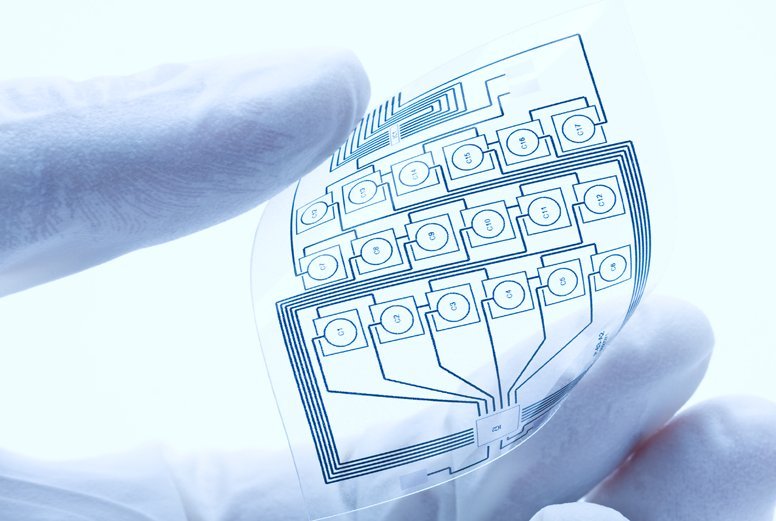Tech
Flexible electronics

Flexible and Energy-Efficient Electronics: A New Frontier in Technology
Flexible and energy-efficient electronics represent an exciting leap in technological innovation. Designed to be bendable, lightweight, and capable of operating with minimal energy consumption, these electronics can seamlessly integrate into everyday objects, including clothing. This opens up numerous possibilities in fields such as healthcare, wearable devices, and the Internet of Things (IoT)
Key Aspects of Flexible Electronics
1 *Materials Used Flexible electronics rely on biodegradable nanomaterials such as polymers. These materials allow for the creation of flexible circuits that can be disposed of in an environmentally friendly way, reducing e-waste and promoting sustainability. This is a key step toward a more sustainable future for the electronics industry.
2. Self-Powered Technology One of the most exciting developments in flexible electronics is the rise of technologies like Triboelectric Nanogenerators (TENGs). TENGs generate electricity from everyday movements, providing a sustainable solution for powering small devices, such as IoT sensors or wearable health trackers. This minimizes the reliance on traditional batteries and offers a more sustainable power source for future devices.
3. Industrial Innovations Significant efforts are being made to scale the industrial production of flexible electronics using sustainable methods such as 3D printing. Companies like ENNOVI are already integrating flexible circuits into electric vehicle batteries. This innovation improves energy efficiency and reduces emissions, demonstrating the potential for flexible electronics to drive sustainability in major industries.

*Healthcare In healthcare, flexible sensors can be used to continuously monitor vital signs without bulky equipment or the need for high power. This offers more comfort and convenience for patients, allowing for constant monitoring without the need for frequent medical visits.
*Smart Cities In the context of smart cities, flexible electronics could optimize energy use through self-powered sensors that monitor utilities like electricity and water consumption. This could significantly enhance energy efficiency in urban environments.
Conclusion
Flexible electronics hold vast potential not only for improving the sustainability of electronic products but also for revolutionizing the way we interact with everyday technology. From enhancing healthcare to enabling smarter cities, these innovations will play a critical role in the future of technology, driven by sustainability and energy efficiency.



